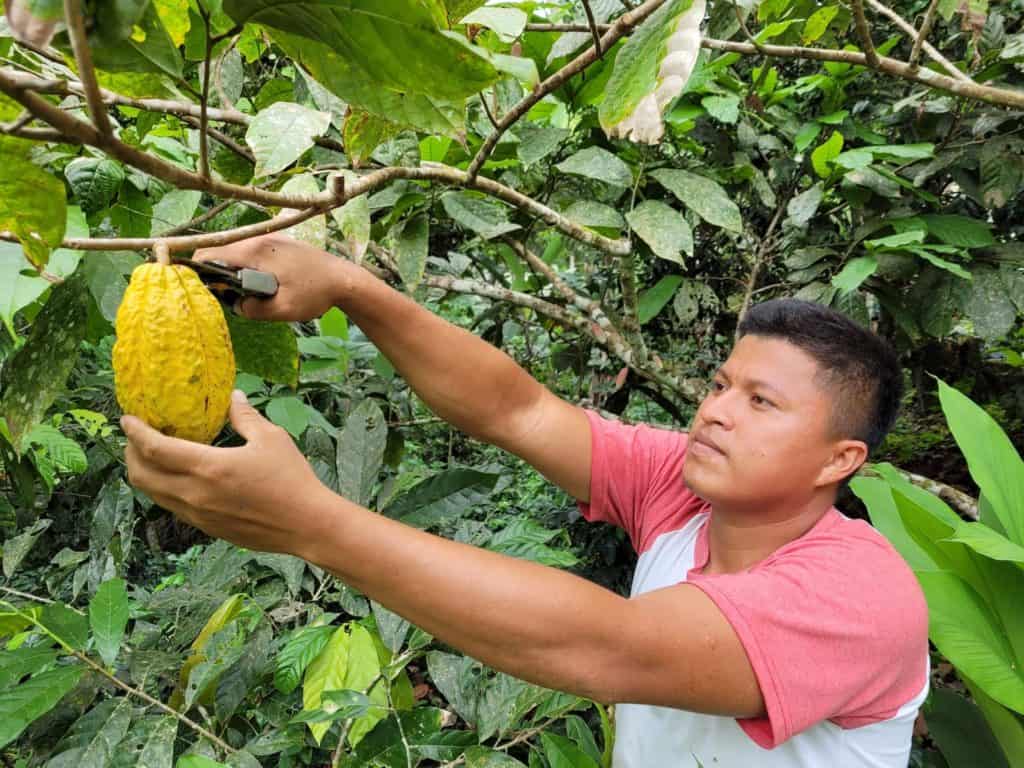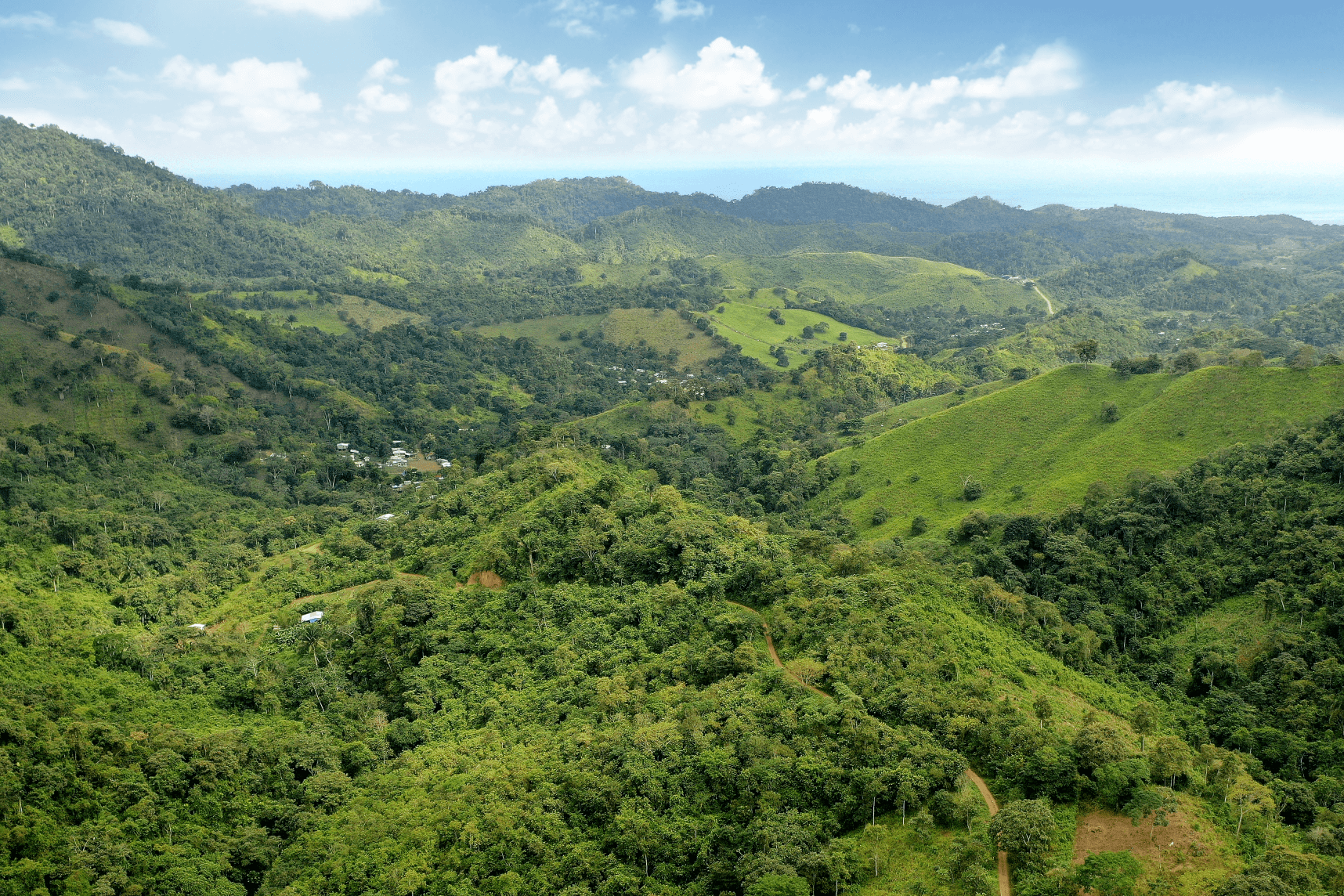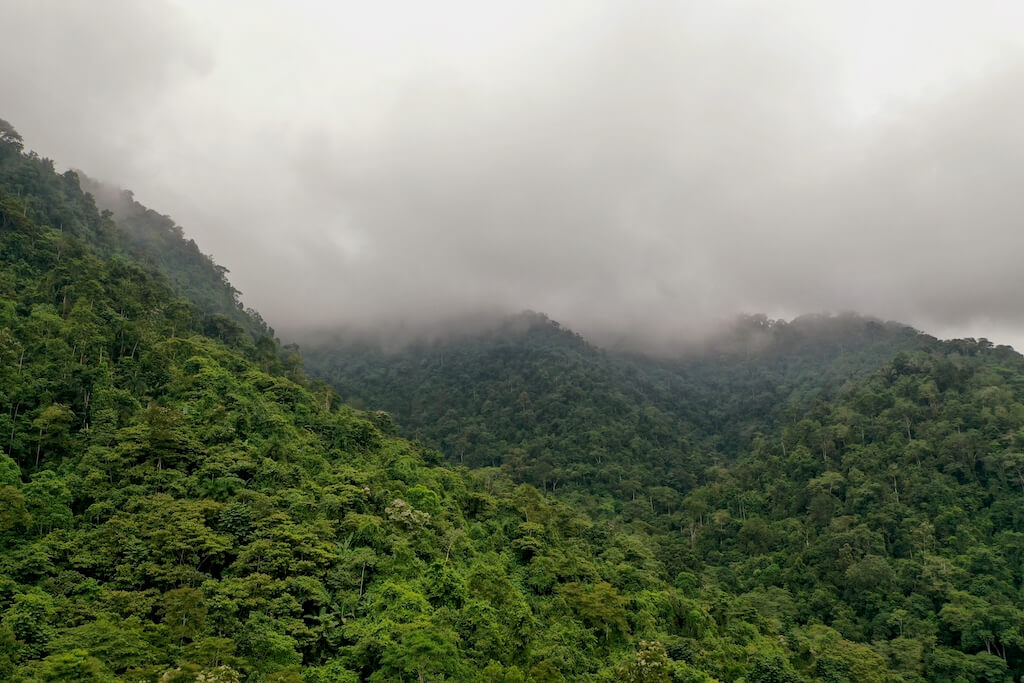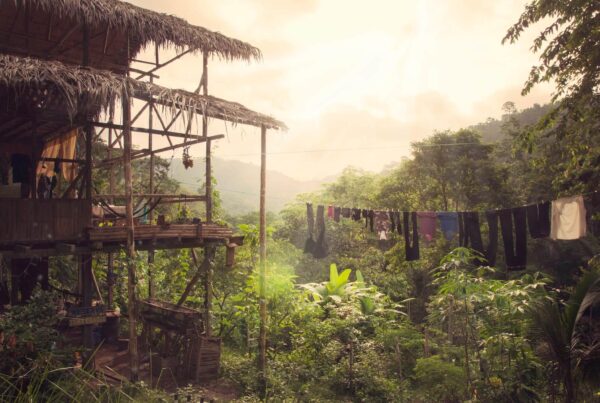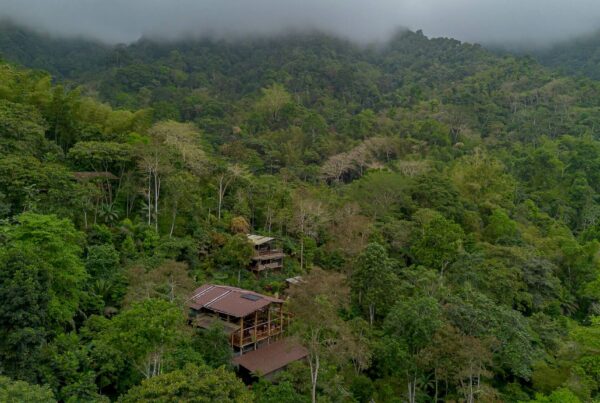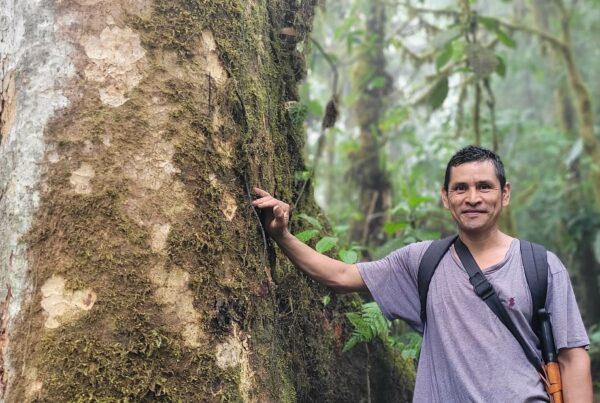Introduction
This 2-page report offers a clinical diagnosis of the primary threats facing the Capuchin Corridor and outlines a plan of action to achieve long-term resilience. It is meant to serve as a “north star” for the management of the Capuchin Corridor in Ecuador over the coming decades.
The Two Overarching Threats
There are two overarching threats to the health (social and ecological) of the Capuchin Corridor over the next 5-100 years.
Threat 1: Ecological Collapse
- Triggers: In this case, there are two processes that are already underway and have a compounding effect on each other. The first is local/regional and the second is global.
- Local/Regional: Widespread loss of forest ➜ decrease in atmospheric moisture levels + decrease in leaf surface area capable of harvesting water from low-lying cloud cover ➜ serious disruption of the local/regional water cycle ➜ decrease in both the atmospheric moisture levels & subsurface water supply ➜ land dries up, rivers dry up, and forest fires potentially become a problem ➜ crops fail & remaining forest dies back even further, leading to a positive feedback loop of diminishing forest and diminishing moisture ➜ desertification.
- Global: Global climate change increases temperatures and triggers more extreme weather fluctuations ➜ increased frequency and intensity of droughts, greater stress on trees and plant communities, and forest fires potentially become a problem ➜ crops fail & remaining forest dies back even further, leading to a positive feedback loop of diminishing forest and diminishing moisture ➜ desertification.
- Potential Sequence of Outcomes: The land dries up ➜ agricultural collapse ➜ serious food insecurity & serious economic hardship ➜ crime, fighting over resources & violence.
- Time-Scale: This dual process has already begun and will either accelerate, stabilize, or improve depending on 1) the future gain/loss of forest in the region and 2) the future rate of global climate change.
- Take-Away: Our ability to influence the global trigger is limited, but fortunately we are in a position to radically and rapidly reverse the local/regional trigger. Indeed, reversing trigger #1 is TMA’s single most important mandate. See the “Points of Action for Long-Term Resilience” below for a summary on how we can do this.
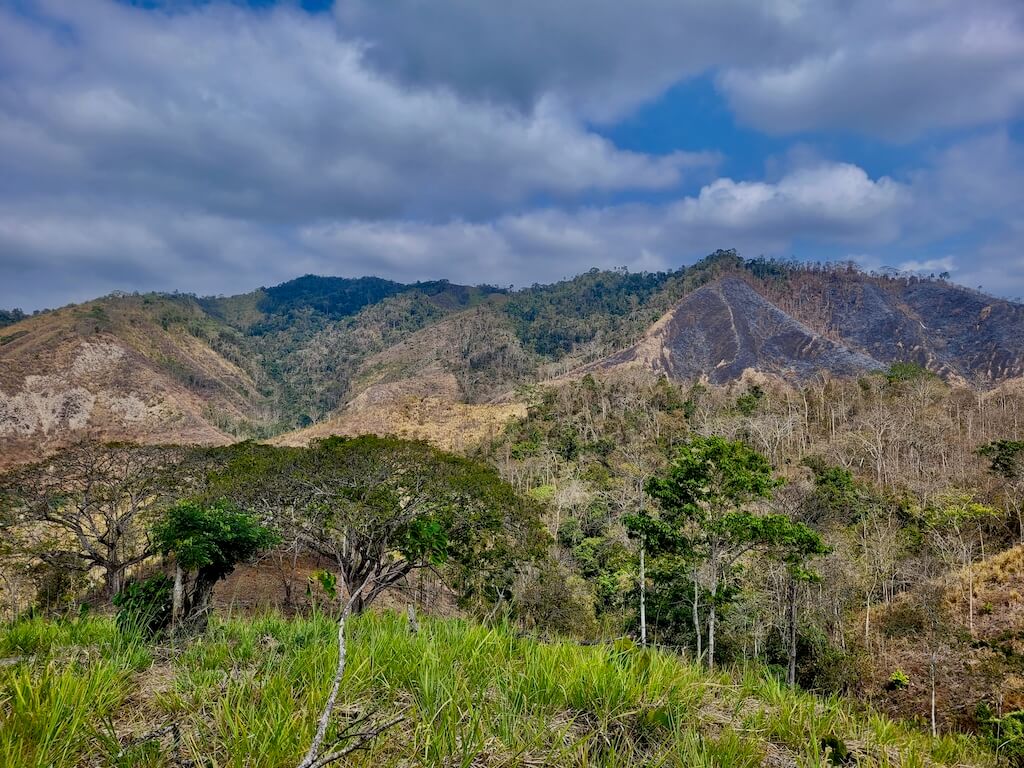
Threat 2: External Shocks to the Economic, Political and Social Fabric
- Triggers: External shocks like war, political upheaval, pandemics worse than COVID, natural disasters like the 2016 earthquake, complications from the drug trade, and/or global economic collapse ➜ collapse of external demand for regional goods & services (namely, agriculture & tourism) and/or collapse of the supply chain and/or collapse of the government’s (modest) social safety net and/or collapse of law and order.
- Potential Sequence of Outcomes: External shocks to economic, political, and social fabric ➜ serious food insecurity & serious economic hardship ➜ crime, unsustainable resource extraction, fighting over resources & violence.
- Time-Scale: Very difficult to predict. External shocks, of varying scales, are always at play. Seismic external shocks can occur at any time, including today, or perhaps we enjoy a few decades without them. Eventually, they are inevitable; the question is when, in what form, and at what level of intensity they come. Some elements of this process have already begun but on a relatively mild scale.
- Take-Away: The best remedy for external shocks is building internal resilience to those shocks. The best way to do this is to build a solid social and economic foundation within the region, which goes hand-in-hand with intelligent and forward-thinking management of ecological resources and human resources. Again, see the “Points of Action for Long-Term Resilience” below.
Points of Action for Long-Term Resilience
- Protect and expand forest cover throughout the region, particularly on hilltops, along the crest of the cordillera, and along riparian corridors.
- Intelligent water management, especially on two fronts: subsurface water retention & irrigation efficiency.
- Improve local/regional food and resource security, with emphasis on agroforestry combined with targeted and intelligent use of livestock and biodiverse timber plantations.
- Strengthen social and economic unity on the community and inter-community levels; i.e., substantially improve connectivity between households within communities and between communities within the region.
- Make significant investments in the educational system and fundamentally transform it into a more dynamic and powerful channel for individual and collective growth & preparedness for a rapidly-evolving world.
- Create jobs and spark economic opportunities geared toward land management, ecosystem services, food and timber production, with tourism serving as only a secondary industry.
- Develop a legitimately functional system of community and inter-community governance that is parallel to–and largely independent from–the municipal, provincial, and national government.
- If possible, monetize the ecosystem services created by the region’s forests and collectivize the monetary benefits. This would incentivize Action Points #1 and #2 (which would support #3), it would also support #4, help finance #5, potentially serve as an engine for #6, and probably require (therefore spur the creation of) #7.
